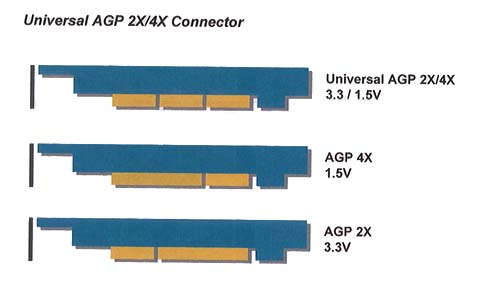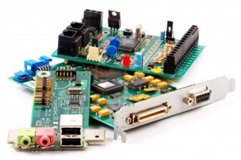

| Web Pages by Students |
ABC of C Language by Shailender Sharma |
Bootable Pen Drive by Avtar Singh |
e-Trash or e-Treasure? by Pallavi Bagga |
Lakshya by Rabina Bagga |
OOPs Concepts by Navjot Kaur |
Fitness First by Ankush Rathore |
Information Systems by Kajal Gupta |
Quiz Contest in C++ by Rajnish Kumar |
Core Java (Tutorial) by Shyena |
C Language Q&A by Anmol Sharma |
HTML 5 Tutorial by Kishan Verma |
A Bus, in computing, is a set of physical connections (cables, printed circuits, etc.) which can be shared by multiple hardware components in order to communicate with one another.
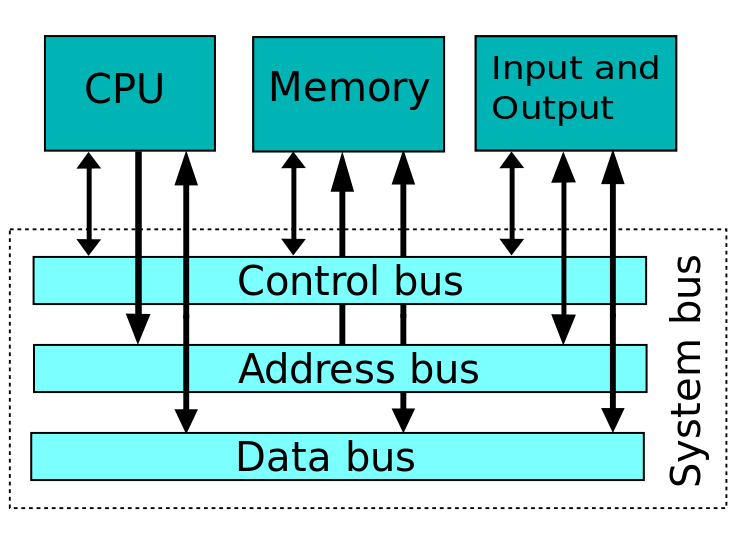
Data Bus
The bidirectional data bus, sometimes called the memory bus, handles the transfer of all data and instructions between functional areas of the computer. The bidirectional data bus can only transmit in one direction at a time. The data bus is used to transfer instructions from memory to the CPU for execution. It carries data (operands) to and from the CPU and memory as required by instruction translation.
Address Bus
The address bus consists of all the signals necessary to define any of the possible memory address locations within the computer, or for modular memories any of the possible memory address locations within a module. An address is defined as a label, symbol, or other set of characters used to designate a location or register where information is stored. Before data or instructions can be written into or read from memory by the CPU or I/O sections, an address must be transmitted to memory over the address bus.
Control Bus
The control bus is used by the CPU to direct and monitor the actions of the other functional areas of the computer. It is used to transmit a variety of individual signals (read, write, interrupt, acknowledge, and so forth) necessary to control and coordinate the operations of the computer.
I/O Buses
ISA
Industry Standard Architecture (ISA) is a computer bus standard for IBM PC compatible computers introduced with the IBM Personal Computer to support its Intel 8088 microprocessor's 8-bit external data bus and extended to 16 bits for the IBM Personal Computer/AT's Intel 80286 processor. The ISA bus was further extended for use with 32-bit processors as Extended Industry Standard Architecture (EISA). For general desktop computer use it has been supplanted by later buses such as IBM Micro Channel, VESA Local Bus, Peripheral Component Interconnect and other successors.
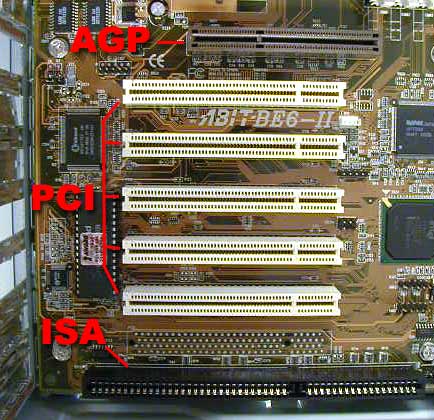
MCA
Micro Channel Architecture (MCA) was a proprietary 16- or 32-bit parallel computer bus introduced by IBM in 1987 which was used on PS/2 and other computers until the mid 1990s.
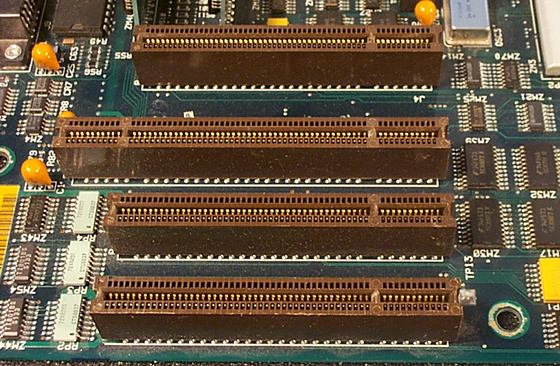
EISA
Acronym for Extended Industry Standard Architecture, a bus architecture designed for PCs using an Intel 80386, 80486, or Pentium microprocessor. EISA buses are 32 bits wide and support multiprocessing.
The principal difference between EISA and MCA is that EISA is backward compatible with the ISA bus (also called the AT bus), while MCA is not. This means that computers with an EISA bus can use new EISA expansion cards as well as old AT expansion cards. Computers with an MCA bus can use only MCA expansion cards.
EISA and MCA are not compatible with each other. This means that the type of bus in your computer determines which expansion cards you can install.
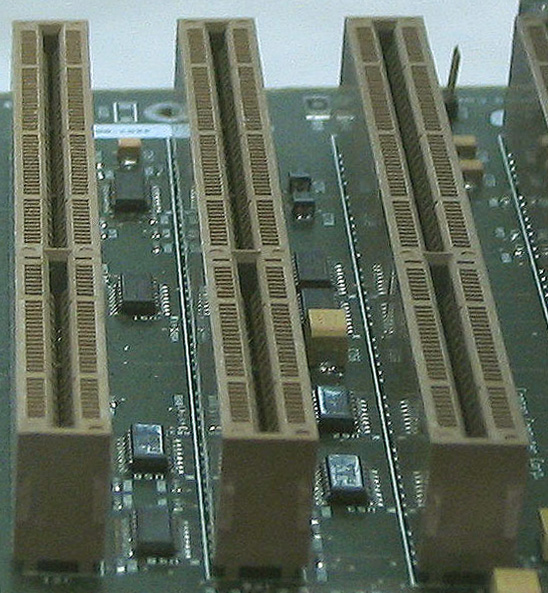
Local Buses :-
VESA
Also abbreviated as VLB, VL Bus is short for VESA (Video Electronics Standards Association) Local Bus first introduced in 1992. The VLB is a 32-bit computer bus that had direct access to the system memory at the speed of the processor, commonly the 486 CPU (33/40 MHz). VLB 2.0 was later released in 1994 and had a 64-bit bus and a bus speed of 50 MHz.
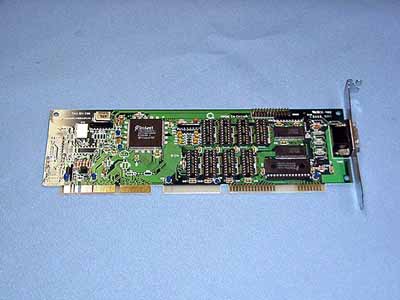
PCI
Peripheral Component Interconnect, a local bus standard developed by Intel Corporation. Most modern PCs include a PCI bus in addition to a more general ISA expansion bus. PCI is also used on some versions of the Macintosh computer. PCI is a 64-bit bus, though it is usually implemented as a 32-bit bus. It can run at clock speeds of 33 or 66 MHz. At 32 bits and 33 MHz, it yields a throughput rate of 133 MBps. Although it was developed by Intel, PCI is not tied to any particular family of microprocessors.
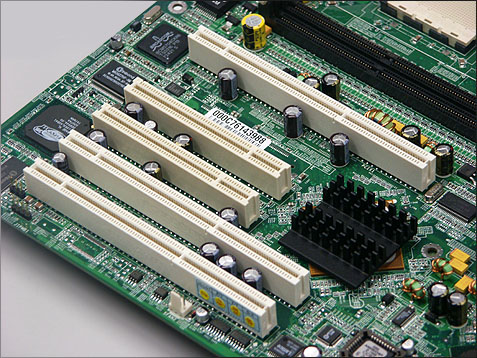
PCI-Express
An I/O interconnect bus standard (which includes a protocol and a layered architecture) that expands on and doubles the data transfer rates of original PCI. PCI Express is a two-way, serial connection that carries data in packets along two pairs of point-to-point data lanes, compared to the single parallel data bus of traditional PCI that routes data at a set rate. Initial bit rates for PCI Express reach 2.5Gb/s per lane direction, which equate to data transfer rates of approximately 200MB/s. PCI Express was developed so that high-speed interconnects such as 1394b, USB 2.0, InfiniBand and Gigabit Ethernet would have an I/O architecture suitable for their transfer high speeds.

PCI-X
Short for PCI extended, an enhanced PCI bus. PCI-X is backward-compatible with existing PCI cards. It improves upon the speed of PCI from 133 MBps to as much as 1 GBps.
PCI-X was designed jointly by IBM, HP and Compaq to increase performance of high bandwidth devices, such as Gigabit Ethernet and Fibre Channel, and processors that are part of a cluster.
AGP
Accelerated Graphics Port, an interface specification developed by Intel Corporation. AGP is based on PCI, but is designed especially for the throughput demands of 3-D graphics. Rather than using the PCI bus for graphics data, AGP introduces a dedicated point-to-point channel so that the graphics controller can directly access main memory. The AGP channel is 32 bits wide and runs at 66 MHz. This translates into a total bandwidth of 266 MBps, as opposed to the PCI bandwidth of 133 MBps. AGP also supports two optional faster modes, with throughputs of 533 MBps and 1.07 GBps.
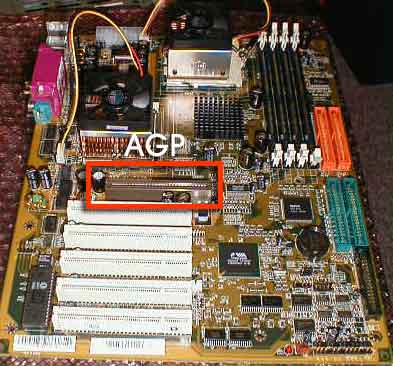
Various levels of throughput are :- AGP1X is 266 MBps, AGP2X is 533 MBps; and AGP4X provides 1.07 GBps.
